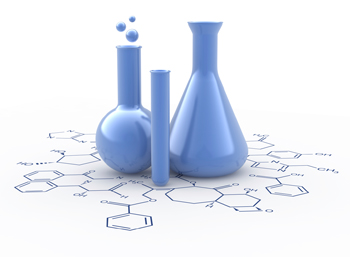Gold
Gold
Symbol : Au,
Atomic Number — 79,
Mass Number — 197
Physical and Chemical Properties of Gold :
This is a golden, yellowish solid substance insoluble in the acids like HCL, HNO3, and H2SO4. but soluble in aqua regia and NaCN solution. It is the most malleable metal, ductile, and good conductor of heat and electricity. It doesn’t react with air but dissolves in sodium cyanide (NaCN) and potassium cyanide (KCN) and sodium aurocyanide and potassium aurocyanide are formed.
Uses of Gold :
This is used in making ornaments, coins, salt photograph of gold, in electroplating, and in sugar industries. Thin layers of gold are used in pharmaceutical industries.
Purity of Gold
The purity of gold is expressed in carats. The gold that is completely (absolutely) pure is that of 24 carats, but this doesn’t exist because it is brittle. Thus, copper is to be mixed up in very small amounts. Normally, gold of 23 carats or 22 carats is assumed to be pure in which 1 or 2 part copper is intermixed.
Compounds of Gold
Auric Chloride (AuCI3) :
This is a green powder insoluble in water, and, on heating, it explodes violently. That’s why it is called fulminating gold. Thus, it is used as a detonator.
Rold Gold (Cu + Al) :
This is called artificial form of gold, which resembles like gold, and it is used in making cheap ornaments.
Silver Nitrate (AgNO3) :
This is used as a laboratory reagent, in making hair dyes, in electroplating of silver compounds, in making special ink which is used by washerman in clothes marking, and as a voter-marker on the finger of the hand.
Platinum
Symbol : Pt,
Atomic Number — 78,
Mass Number — 195
Uses of Platinum :
This is used in making ornaments, laboratory equipment and devices, electrodes, alloys, and as a catalyst in Oswald’s process.
